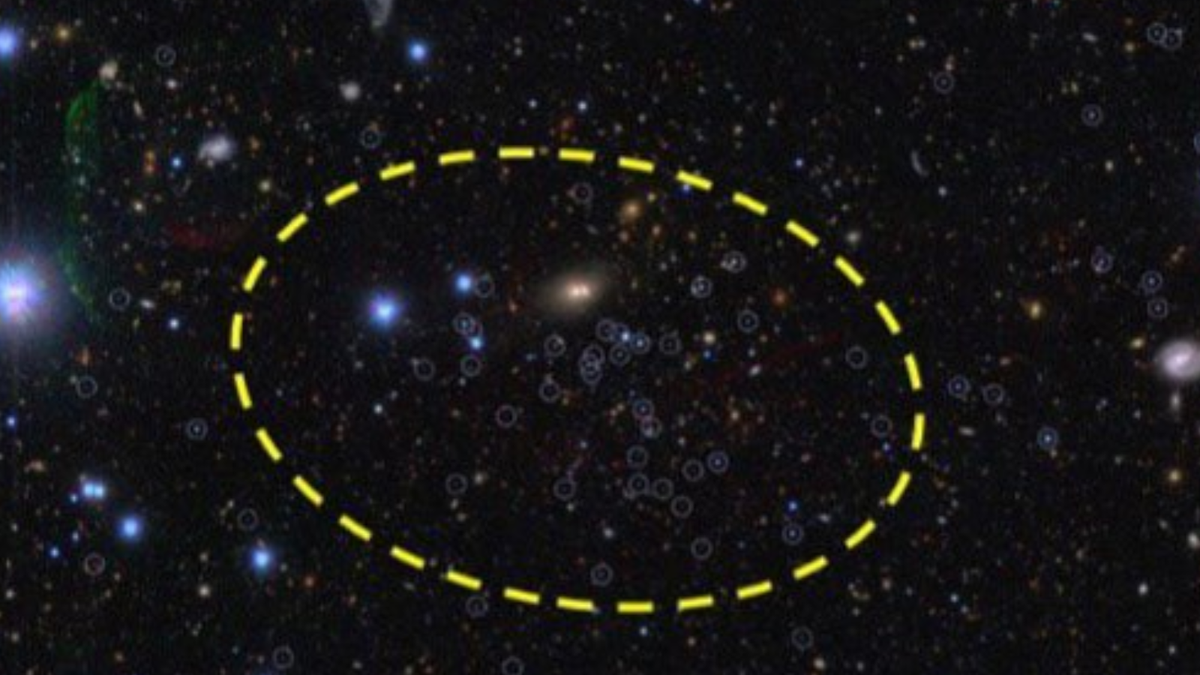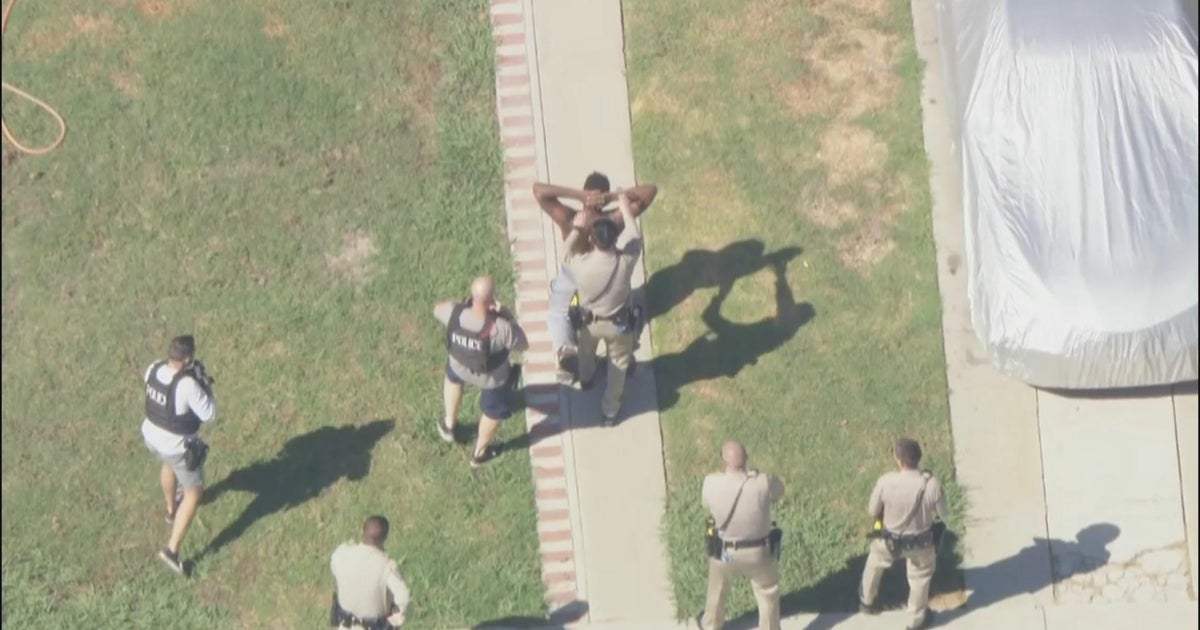The northern lights could appear above parts of the northern U.S. on the night of Friday, May 31 into Saturday, June 1. Forecasters eye next week too.
Northern lights sparkle in the night sky above much of the country
A massive solar storm light up the sky as much of the United States was able to see the northern lights.
BOULDER, COLORADO – Space weather forecasters say portions of the northern U.S. could see the northern lights Friday night into Saturday, and there could be another dazzling aurora display next week — although it’s too early to know for sure.
First, a bit more on what could happen in early June. A cluster of sunspots responsible for the spectacular nationwide May 10 aurora display has rotated back in view of the Earth, potentially setting up conditions for another spectacle, the federal Space Weather Prediction Center in Boulder, Colorado, said. Very simply put, those sunspots fire up the solar storms that can trigger auroras here on Earth.
But, again, top experts there say it’s still a bit too early to confirm if next week’s display will happen.
Where could the northern lights appear Friday night?
The northern lights could appear above parts of the northern U.S. on the night of Friday, May 31 into Saturday, June 1. “The aurora may become visible over some northern and upper Midwest states from New York to Idaho,” the SWPC said.
That aurora, if it occurs, will be courtesy of a geomagnetic storm that’s hitting the Earth on Friday. A G2 (moderate) geomagnetic storm watch is in effect for the Earth for both Friday and Saturday, the SWPC said.
Bigger northern lights show next week? It’s too soon to know.
Next week sometime, a more widespread aurora event might be possible, forecasters said. It all will depend on whether or not the sun belches out a solar flare and/or coronal mass ejection toward the Earth, which would trigger the geomagnetic storms and thus the aurora.
Shawn Dahl, a senior forecaster for the SWPC, said although the sunspot group known as Region 3697 has now rotated back to face Earth, it’s too early to say whether it will send out another coronal mass ejection.
“We’re forecasting stuff from 93 million miles away, so it’s very difficult. And our science is limited,” Dahl said. “We can do a great job of predicting the probability that the flare will happen, and if so, what level if might get to, and the same with radiation storms, but we have no way of knowing that a flare is imminent. That science doesn’t exist. And we also don’t have the science to know when a CME is going to explode off the sun. We have to wait for them to happen.”
Skywatchers have their fingers crossed
Eager skywatchers have their fingers crossed, because June 6 is a new moon, meaning the skies will be extra dark and any aurora that does show up will be extra vibrant. Dahl, an amateur astronomer and night sky photographer who missed the May 10th display because he was working, said he’s hopeful for a new display caused by the sunspots.
“We have no way of knowing whether it may produce a CME again, but flare probabilities are still high with this region,” he said.
Hughes reported from Boulder, Colorado; Rice from Silver Spring, Maryland.

Daisy Hips is a science communicator who brings the wonders of the natural world to readers. Her articles explore breakthroughs in various scientific disciplines, from space exploration to environmental conservation. Daisy is also an advocate for science education and enjoys stargazing in her spare time.







